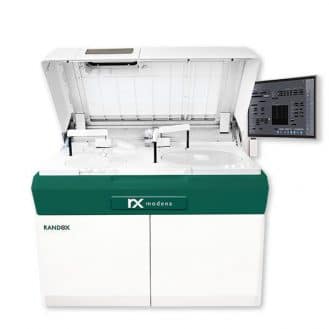A hearing aid is a removable medical device that amplifies a specific spectrum of sound frequencies to reduce or correct the disability of a person with hearing loss.

A hearing aid is a removable medical device that amplifies a specific spectrum of sound frequencies to reduce or correct the disability of a person with hearing loss.
There are several types of hearing aids that vary according to the user’s aesthetic preferences, daily needs, budget and degree of disability.
Behind-the-ear aids: the compartment slides behind the earlobe. The sound is routed from a microphone on the compartment to the ear canal, via a silicone tube connected to an open-fit end or via a wire connected to a microphone inserted in the ear canal (RIC). These devices are visible but are appreciated for their power and sturdiness. There is also a sub-category, mini BTEs, which are smaller but less powerful than standard BTEs.

Phonak CIC hearing aid
In-the-ear aid: these are custom molded and placed directly in the ear canal.
Like any electronic device, the life span of a hearing aid is limited. Some studies show that they can last between four and five years if used every day. Apart from the battery life, which is replaceable, how long the actual hearing aid lasts will depend on several factors:

Oticon waterproof hearing aid
The vast majority of hearing aids consist of the following three components: microphone, processor, receiver.
The vast majority of hearing aids are made up of the following three components:
To answer this question, two parameters must be taken into account: the type of hearing loss and whether it is unilateral or bilateral.



Thank you for your advice that hearing aids will last longer if they are only worn for around 8 hours a day. My mother seems to be losing her hearing. Yesterday, I specifically noticed that I was having to repeat myself and talk louder. I wonder if we should look into hearing aids and get medical advice on how to improve her hearing.
I lost my hearing capacity about a month ago; that’s why I’m considering to purchase a hearing aid. Luckily you were able to share this; it’s interesting to learn that an ITE aid is best suited for people who have intense hearing loss. I’m glad you were able to elaborate here that a hearing aid must be removed after seven hours.
Wonderful information about choosing the right hearing aid, thanks a lot for sharing kind of content with us. Your blog gives the best and the most interesting information. I wonder if we can gather such practical information about it, a great post definitely to come across.